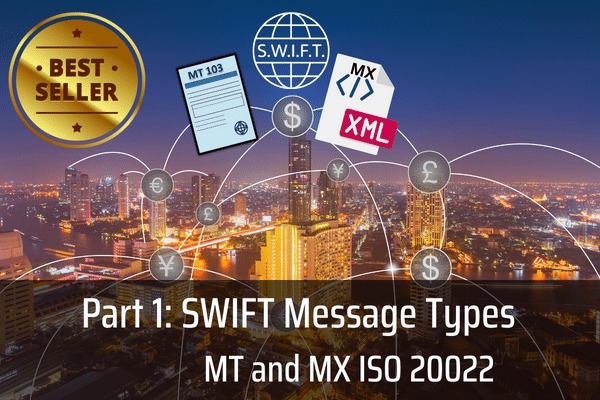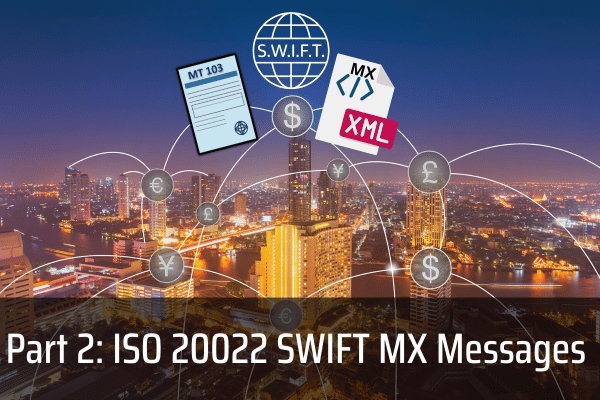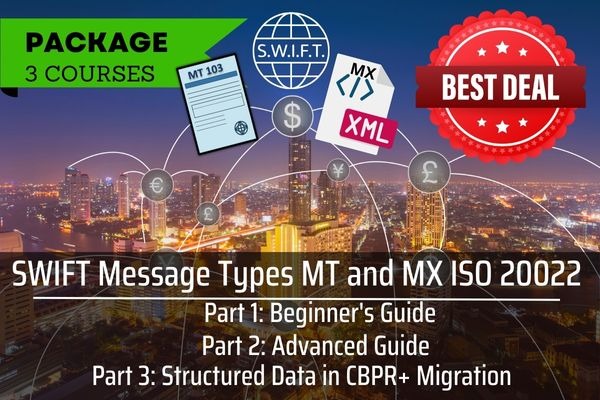There are no items in your cart
Add More
Add More
| Item Details | Price | ||
|---|---|---|---|
The hybrid postal address in SWIFT MX messages is at the center of attention at the current times due to the urgency of meeting its implementation timeline as part of the CBPR+ MT to MX migration. In this post let us understand the current formats of postal addresses in MX messages and a brief overview of the hybrid format.

Source: Deutsche Bank Flow Briefing
There are three possible types of postal addresses in MX messages.
The fully structured format can contain all structured elements like <StrtNm>, <PstCd> etc. The free text element <AdrLine> is not allowed to be used in this format.
The fully unstructured format is just the opposite. It can contain only the <AdrLine> element, no structured element is allowed to be used.
The initial aim of SWIFT was to discard the use of fully unstructured address format in MX messages completely and use only the fully structured format after the coexistence period of MT and MX messages gets over. But multiple challenges came up to implement the fully structured form in the tight time schedule.
As a way out, the hybrid address format was created. As the name suggests, it is hybrid of the two formats – structured and unstructured. It can contain the very essential structured elements like country and town name and the rest of the address information can get included in the address line element which can carry free text.
Now, let us go through the timeline of the various formats of the postal addresses.

The fully structured address is already allowed today and is the preferred recommended option in the future.
The fully unstructured address is allowed until November 2026 where a grace period of one year is given after the coexistence period.
The new hybrid address will be allowed from November 2025, and no end date of this address has been declared.
Thus, by using the hybrid address format SWIFT aims to fulfill the urgent regulatory requirements of providing minimum structured address information in cross border payments within a tight migration schedule.
WANT TO READ MORE?
Already signed up/ logged in? Then you are all set!

Basics of Payments | SWIFT MT/ MX Payment Message Types with examples | SWIFT GPI

CBPR+ Usage Guidelines | XML and Messages Schema | Messages Structure | MX Messages Examples

The Ultimate No-Nonsense Guide to SWIFT MT and ISO 20022 MX Message Types